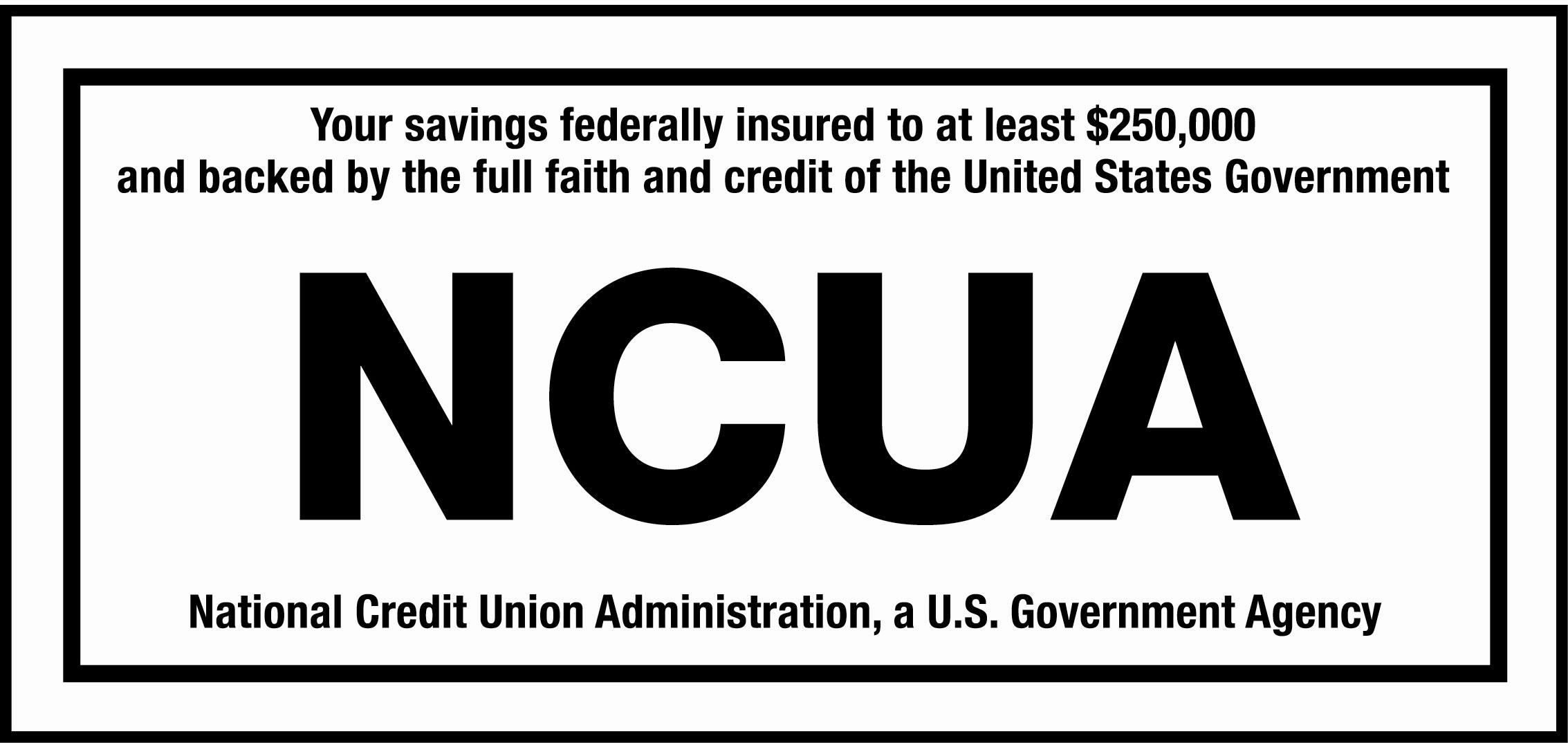Beware Unemployment Scams
Beware Unemployment Scams
As the economy reels from the impact of COVID-19, a record 22 million Americans have filed for unemployment insurance in the four weeks leading up to April 11.
Unfortunately, when there’s bad news, scammers aren’t far behind. The panicked  rush to fill out claims, along with the overloaded unemployment websites and phone lines, provide the perfect cover for con artists looking to grab a dollar.
rush to fill out claims, along with the overloaded unemployment websites and phone lines, provide the perfect cover for con artists looking to grab a dollar.
Here’s all you need to know about the circulating unemployment scams.
How the scams play out
An unemployment scam can involve a con artist filing a claim in someone else’s name and then collecting their benefits or claiming to be employed in a place of business where they have never held a job. The victim will thus be denied their own benefits.
These cons can also take the form of a scammer impersonating a government employee offering to help the victim fill out their application for unemployment insurance. Unfortunately, the scammer is only out to get information to nab the victim’s benefits. Or worse, the scammer may use this information to steal the victim’s identity. Other times, while allegedly helping the victim fill out their forms, the scammer asks the victim to make a payment via credit card to receive their benefits. Of course, this money will go straight into the scammer’s pocket and the victim’s unemployment claim is never filed.
In yet another variation of the unemployment scam, fraudsters create bogus websites that look like official sites used to claim benefits. They lure victims to the sites via social media posts or emails. The victim willingly shares information and assumes they are actually filling out their unemployment forms
How to spot an unemployment scam
First, it’s important to note that there is no fee involved in filing or qualifying for unemployment insurance.
Second, government officials will never ask you to share personal information over the phone unless a phone appointment was preplanned and scheduled for a specific date and time.
Finally, sensitive information should never be shared on a site without first verifying its security. Look for the lock icon next to the URL and for the “s” after the “http” in the web address.
Stay safe!



